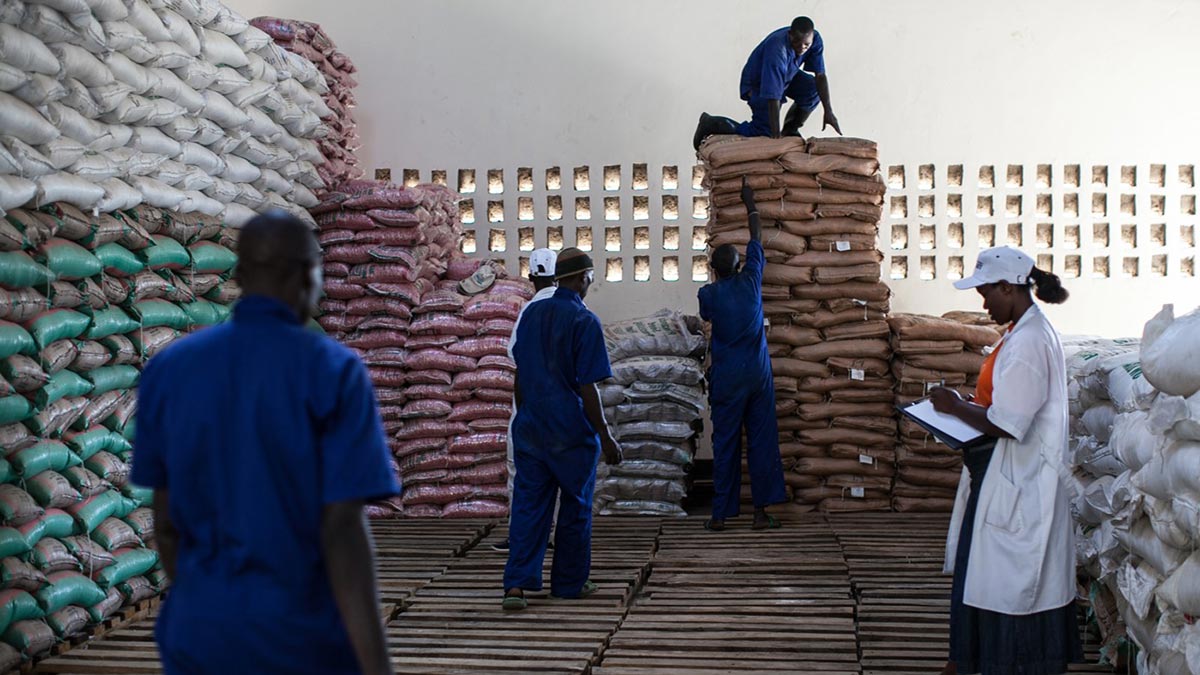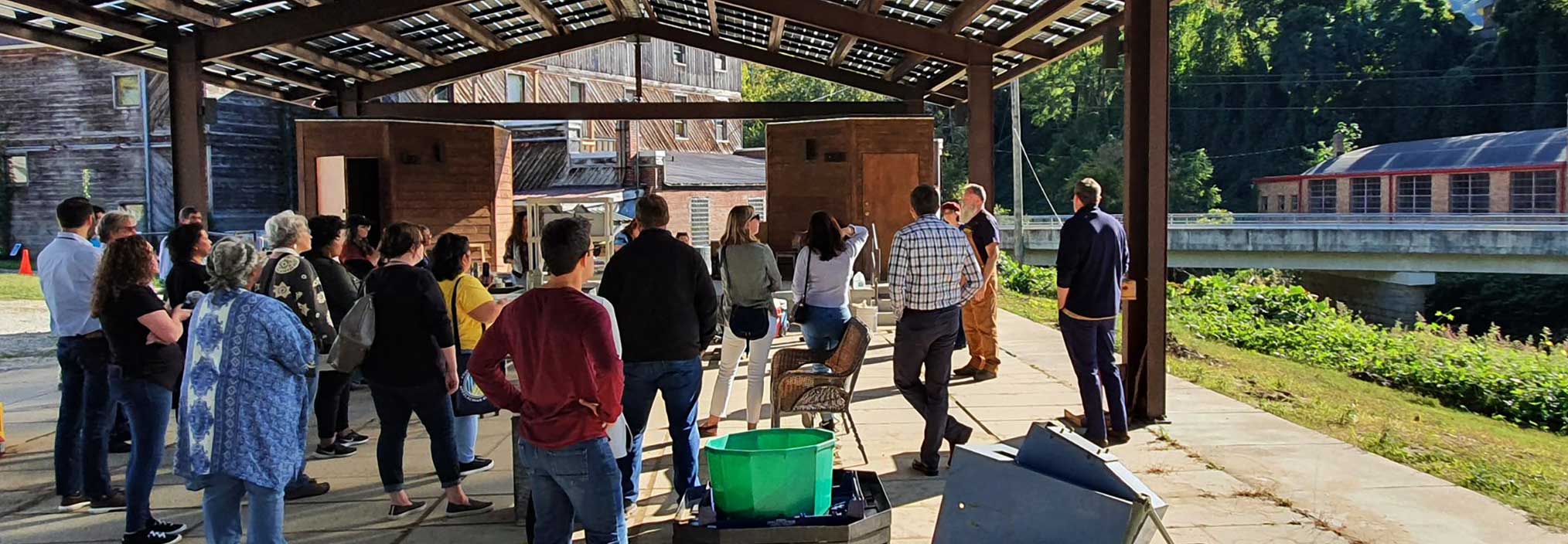Urmi Sengupta, Field Support Manager & Senior Impact Investments Officer, writes about extending the Catalytic Capital Consortium with new funding partners.
The Catalytic Capital Consortium (C3) is looking to the future as we take stock of the first five years of this initiative. We are extending the life of the initiative with a new set of funding partners to build on the momentum that is increasing the knowledge, awareness, and use of catalytic capital.
Catalytic capital is a form of investment that is flexible, patient, and risk-tolerant. It can help address social and environmental needs that may not lend themselves to market-rate returns for investors and support the launch of early-stage ventures with the potential for scale and deep impact.
Catalytic capital is a form of investment that is flexible, patient, and risk-tolerant.
This extension of C3, which was expected to sunset at the end of this year, reflects the enthusiasm and commitment of investors, intermediaries, and others who are interested in developing a thriving catalytic capital community. It builds on the foundation laid by the three initial partners—MacArthur, the Omidyar Network, and The Rockefeller Foundation.
To date, C3 has:
- supported 26 projects that delivered new catalytic capital research and investment tools;
- collaborated with eight impact investing networks to educate and engage market actors;
- organized convenings that tapped the expertise of seasoned investors; and
- aggregated best practices to help inform and grow the field.
MacArthur also developed a $123 million portfolio of investments to finance innovative funds and initiatives, all of which demonstrate the power of catalytic capital.
The outcomes of this early work have been highly encouraging and are informing this next chapter of C3. An interim evaluation report from our learning partner, New Philanthropy Capital, finds an increase in investor understanding and support for this approach. The report notes that important skills, capabilities, and knowledge related to the sector are beginning to grow, and it points to gains in investor engagement. The evaluation found strong (though still anecdotal) evidence that more catalytic capital is flowing, citing 44 examples of new investment funds, half of which have been implemented since 2022.

Aceli Africa, a C3 grant recipient, leverages catalytic capital to support underserved small and medium-sized agricultural businesses in East Africa. With C3 support, they have used their data to analyze the impact of catalytic capital. Credit: Aceli Africa
Additional quantitative measures also validate why catalytic capital is so important. For example, MacArthur’s C3-related investments mobilized 21 times the Foundation’s original catalytic capital investment to support innovative social and environmental impact funds. We will share more about this soon in a detailed impact measurement and management report.
Now, energized by the ways in which a growing community can help deepen and grow the scale of impact, the C3 team is working with a new group of funding partners to spur market engagement and investment activity over the next three years. Blue Haven Initiative, Builders Vision, Ceniarth, The Lemelson Foundation, Small Foundation, and Walton Family Foundation are joining MacArthur to establish a community of practice that brings together existing market leaders to collaborate on shared priorities and efforts and offers on-ramps to new catalytic capital investors.
The C3 team is working with a new group of funding partners to spur market engagement and investment activity over the next three years.
We are grateful to everyone who has partnered with us throughout the first years of work, and for their leadership in the growth of the field. Future progress will require the engagement and commitment of a diverse set of people and institutions, ranging from social investment networks working with family offices and local fund managers to scale impact, to governments and nonprofits that are mobilizing resources and designing innovative pathways for catalytic investments.
A strong catalytic capital community helps cultivate investable opportunities and attract new investors. With this mission in mind, C3 looks forward to helping the impact investing field live up to its full potential as a driver of solutions that benefit people and the planet.
This piece was originally published by Impact Alpha.





